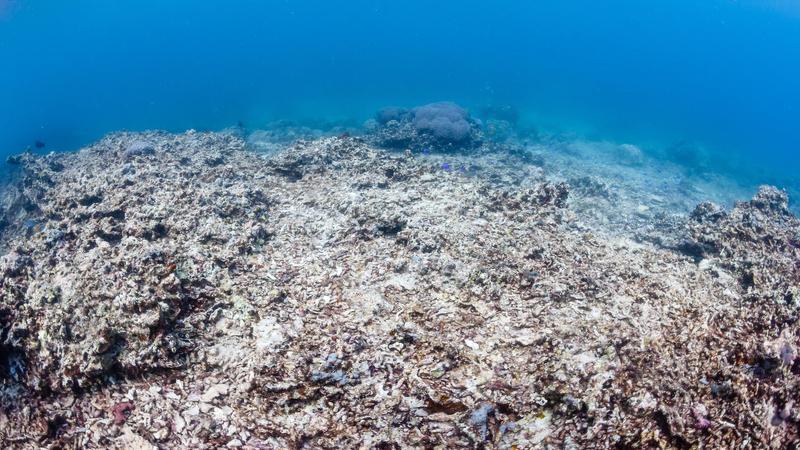What is Ocean Acidification?
What is Ocean Acidification?

What is Ocean Acidification?
The Chemistry
At the point when carbon dioxide (CO2) is consumed via seawater, substance responses happen that lessen seawater pH, carbonate particle focus, and immersion conditions of naturally significant calcium carbonate minerals. These compound responses are named “sea fermentation” or “OA” for short.
Calcium carbonate minerals are the structure blocks for the skeletons and shells of numerous marine life forms. In zones where most life presently assembles in the sea, the seawater is supersaturated as for calcium carbonate minerals. This implies there are plentiful structure blocks for calcifying organic entities to assemble their skeletons and shells. Be that as it may, proceeded with sea fermentation is making numerous pieces of the sea undersaturated with these minerals, which is probably going to influence the capacity of certain creatures to deliver and keep up their shells.
Since the start of the Industrial Revolution, the pH of surface seawaters has fallen by 0.1 pH units. Since the pH scale, similar to the Richter scale, is logarithmic, this change addresses roughly a 30 per cent increment in acridity (see our pH groundwork page for more data). Future expectations demonstrate that the seas will keep on engrossing carbon dioxide, further expanding sea causticity. Evaluations of future carbon dioxide levels, in light of the same old thing outflow situations, demonstrate that before this present century’s over the surface waters of the sea could have acidity levels almost 150 per cent higher, bringing about a pH that the seas haven’t encountered for over 20 million years.
The Biological Impacts
Sea fermentation is required to affect sea species to fluctuating degrees. Photosynthetic green growth and seagrasses may profit from higher CO2 conditions in the sea, as they expect CO2 to live much the same as plants ashore. Then again, considers have indicated that lower ecological calcium carbonate immersion states can dramatically affect some calcifying species, including shellfish, molluscs, ocean imps, shallow water corals, remote ocean corals, and calcareous microscopic fish. Today, over a billion people overall depend on food from the sea as their essential wellspring of protein. Subsequently, the two positions and food security in the U.S. also, around the globe rely upon the fish and shellfish in our seas.
Pteropods
The pteropod, or “ocean butterfly”, is a little ocean animal about the size of a little pea. Pteropods are eaten by creatures going in size from small krill to whales and are a food hotspot for North Pacific adolescent salmon. The photographs underneath show that a pteropod’s shell disintegrates more than multi-days when set in ocean water with pH and carbonate levels anticipated for the year 2100.
Be the first to post a message!